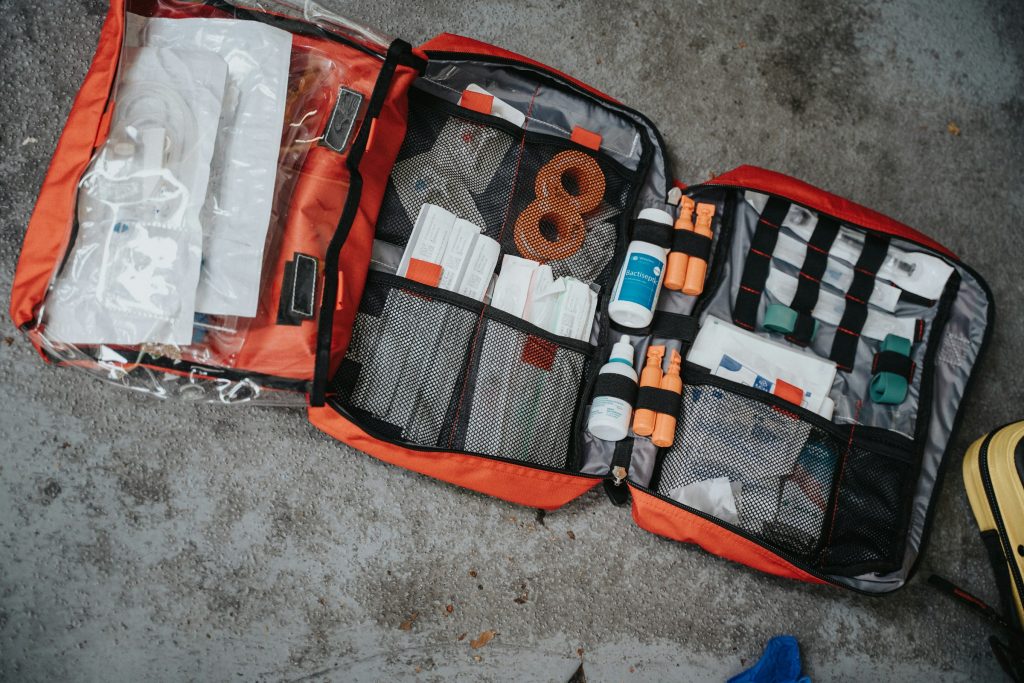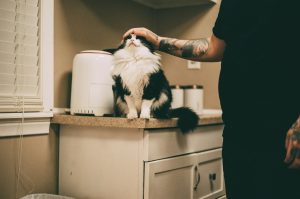
How to Set Up a Pet First Aid Kit (Apartment Edition)
A pet emergency can happen anytime—especially in apartments where space is limited and elevators, neighbors, or outdoor access can delay your response. That’s why having a compact but well-stocked pet first aid kit is one of the smartest things a busy pet parent can do. This guide walks you through what to include, how to store it, and why it could be a literal lifesaver.
1. Choose the Right Container
Pick a waterproof, portable box or pouch with compartments. Clear plastic bins work well in closets, while soft zippered kits are great for grabbing on the go. Just make sure it’s clearly labeled and easy to access quickly.
2. Include These Core Supplies
Your kit should include: gauze pads, adhesive tape, blunt scissors, tweezers, antiseptic wipes, hydrogen peroxide (3% only, for inducing vomiting under vet guidance), a digital thermometer, disposable gloves, saline solution, and cotton balls.
3. Add Pet-Specific Medications
Ask your vet if you should include antihistamines (like diphenhydramine), anti-diarrheal meds, or a wound healing spray. Never guess on dosage—label everything clearly and include written dosage info based on your pet’s weight.
4. Print Emergency Info Sheets
Include a printed copy of your vet’s contact info, the nearest 24/7 emergency clinic, poison control hotlines, and a pet first aid quick guide. A great resource is the Red Cross Pet Disaster Preparedness page.
5. Be Prepared for Poisons
Keep activated charcoal and a pet poison control number handy. Common apartment hazards like cleaning products, certain houseplants, or chocolate can be fatal. Learn more at the ASPCA’s Animal Poison Control Center.
6. Store It Accessibly
Keep the kit in an obvious place (like near your front door or leash area). In a high-rise emergency, every second counts. Consider having a mini duplicate version in your pet’s carrier or go-bag.
7. Check and Refill It Regularly
Every few months, do a quick inventory: Are any meds expired? Has anything leaked or gone missing? Keeping your kit up to date means it’s ready when your pet needs it most.
A pet first aid kit might feel like something you’ll never need—until the moment you do. With just a bit of prep, you’ll gain peace of mind knowing you’re ready for anything. Your furry friend is counting on you to be their first responder.
Frequently Asked Questions
What should never go in a pet first aid kit?
Never include human painkillers, alcohol wipes, or essential oils—many are toxic to pets. Always verify safety with your vet.
Can I buy a pre-made pet first aid kit?
Yes, but you’ll likely need to customize it. Many commercial kits miss essentials like vet info sheets or pet-specific medications.
Where should I store my pet first aid kit in an apartment?
Keep it near your main exit or wherever you store leashes and travel gear. Accessibility is key during emergencies.
Is there a pet first aid app?
Yes! The Red Cross offers a Pet First Aid app that includes emergency checklists, videos, and vet contact features.

Join the Busy Pet Parent Newsletter!
Get easy routines, time-saving tips, and the latest gear reviews—delivered straight to your inbox.
Perfect for busy pet owners, apartment dwellers, and anyone who wants a happy, healthy companion (without the stress).
Exclusive guides & checklists
Product recommendations & deals
No spam—unsubscribe anytime!




